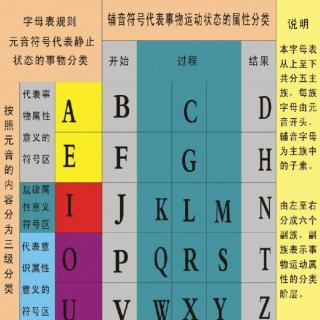
介绍:
17. Say It with Flowers (3)
The idea of sending gifts of love with secret meanings quickly spread to other countries. However, as time passed, only sending flowers remained popular.
Flowers told young ladies about the feelings in the heart of young men. Each different flower had a different meaning. For example, the flowers from an orange tree meant,“you are beautiful and pure(纯洁).”Pink carnations (康乃馨) meant,“My love far you is great.”Yellow roses, on the other hand, meant,“I saw you with someone else.”
Many flower dictionaries were made to help young people in love understand the meaning of the flowers they received However, not all of the dictionaries agreed on the meaning of each flower, so a person had to be careful about the flowers they chose to send
By the 1880s, using flowers to send messages had become unpopular, and the more direct way of sending love letters began. Today, flowers are still considered a lovely gift, but the meaning for each kind of flower has been lost.
17.花语寄情(3)
这种赠送礼物传递秘密信息的示爱方式迅速传(spread)到其他国家(country),但是,随着时间的流逝,只有送花的传统保持(remain)了下来。
花把男士心(heart)中的感情传递给女士。每种花都有不同的含义。例如(for example),桔(orange)树上开的花表示,“你美丽又纯洁”。粉红色(pink)的康乃馨表示,“我对你的爱是热烈的”。另一方面(on the other hand),黄玫瑰(yellow rose)则意味着“我看见你和别人在一起”。
为了帮助恋爱中的年轻人理解他们收到的花所代表的含义,人们编制出很多关于花的词典(dictionary)。但是,对于每一种花的含义,不是所有的词典都能达成一致(agree on)。因此,人们在送花时必须谨慎选择(choose)。
到了19世纪80年代,花语寄情已经不流行,写信成为更直接的(direct)示爱方式。如今(today),花仍被认为(consider)是一种可爱的礼物,但以前每一种花的特定含义已经没有了。
大家还在听

